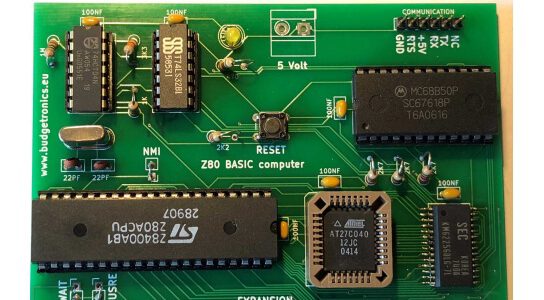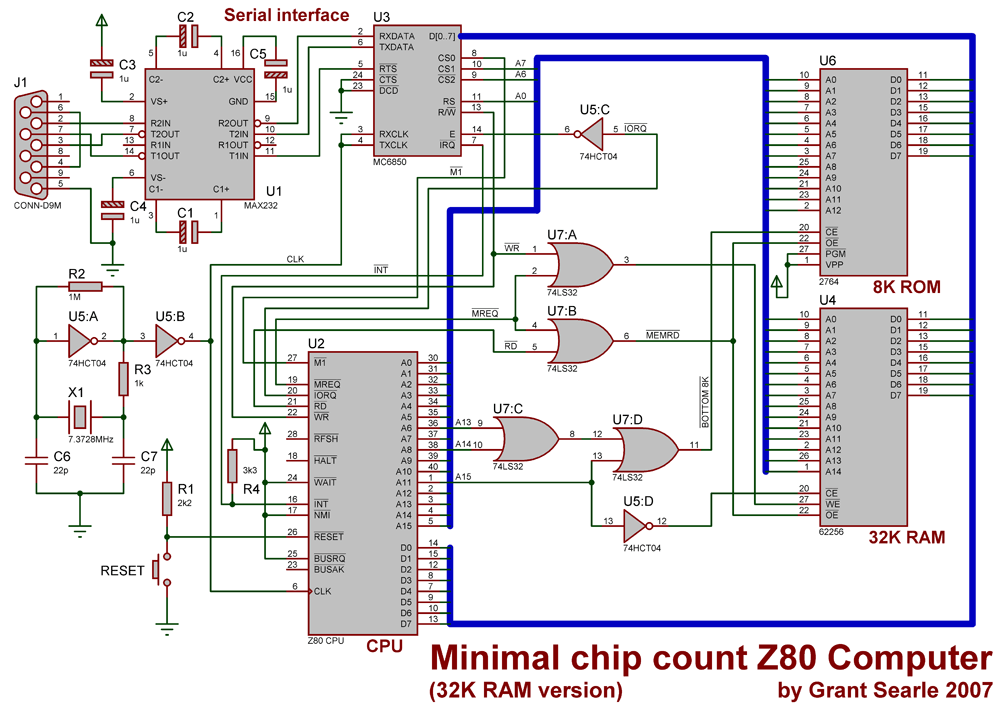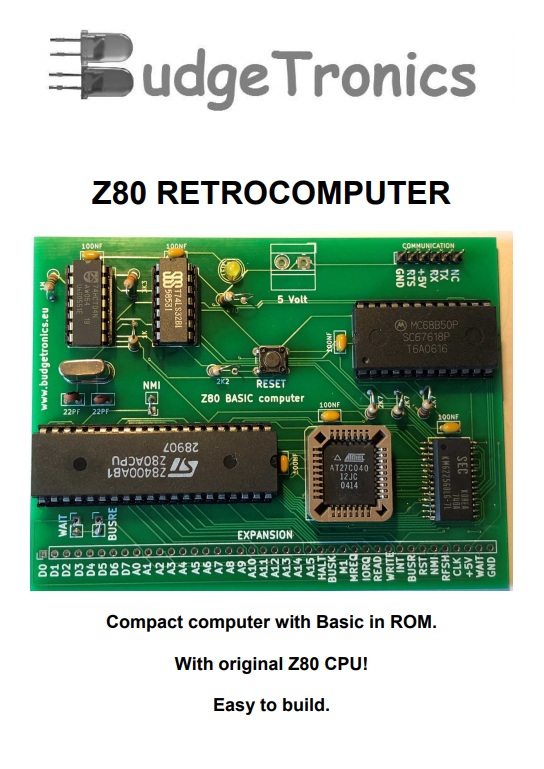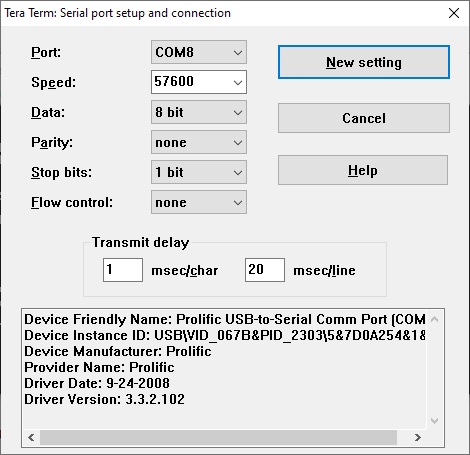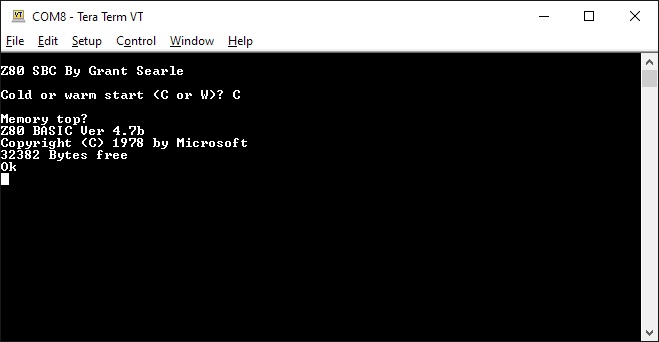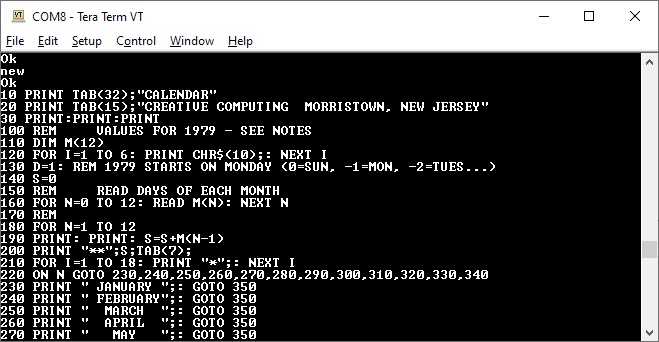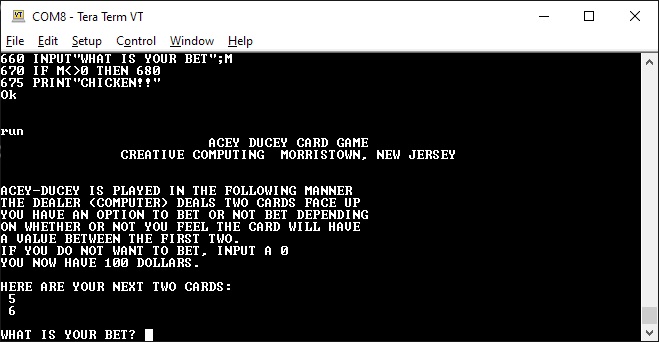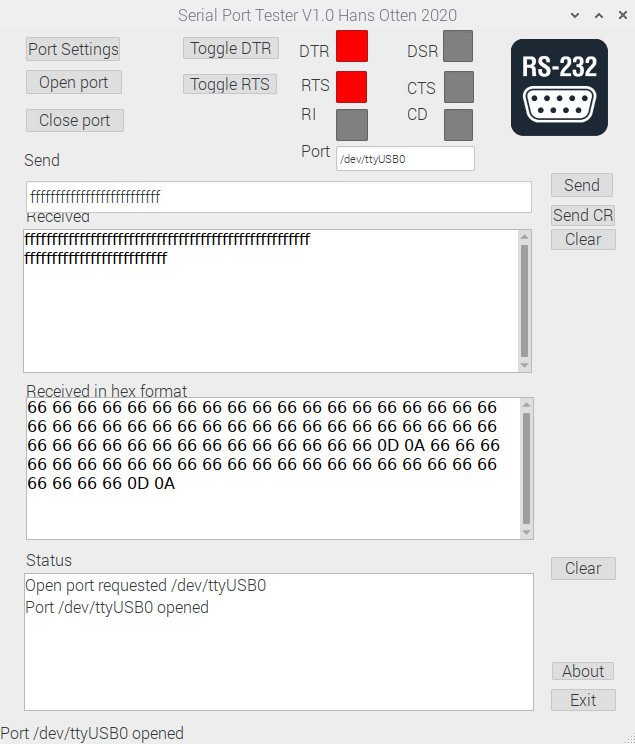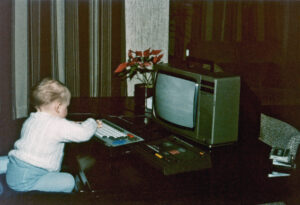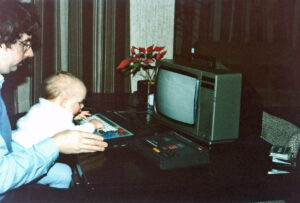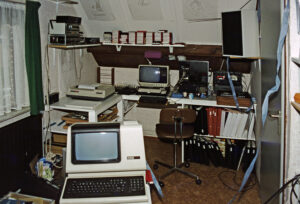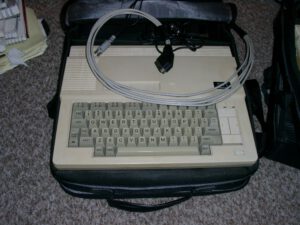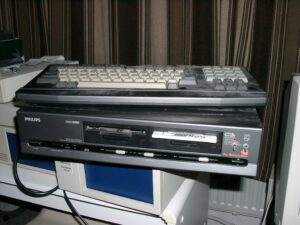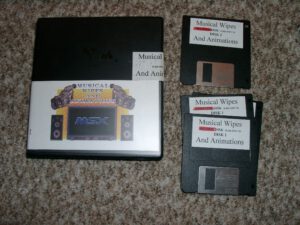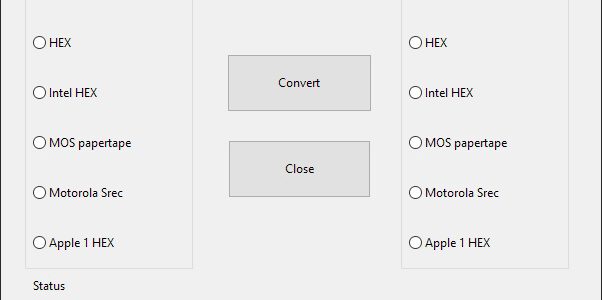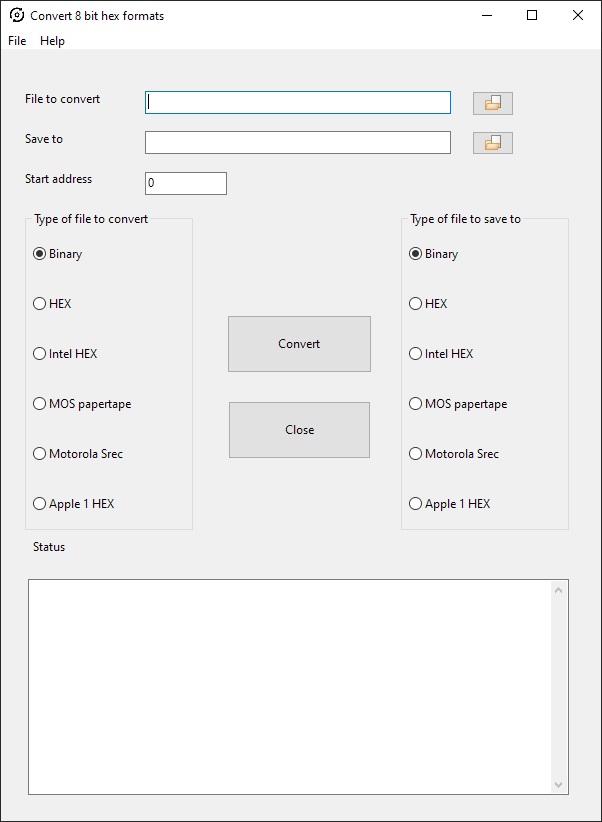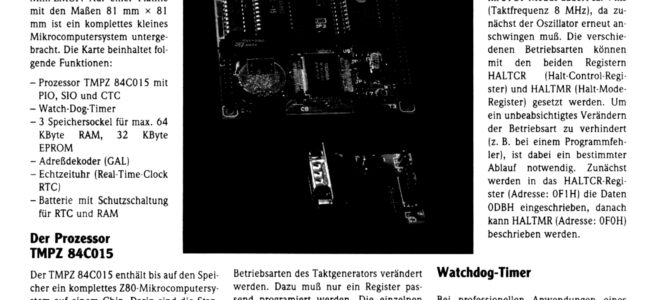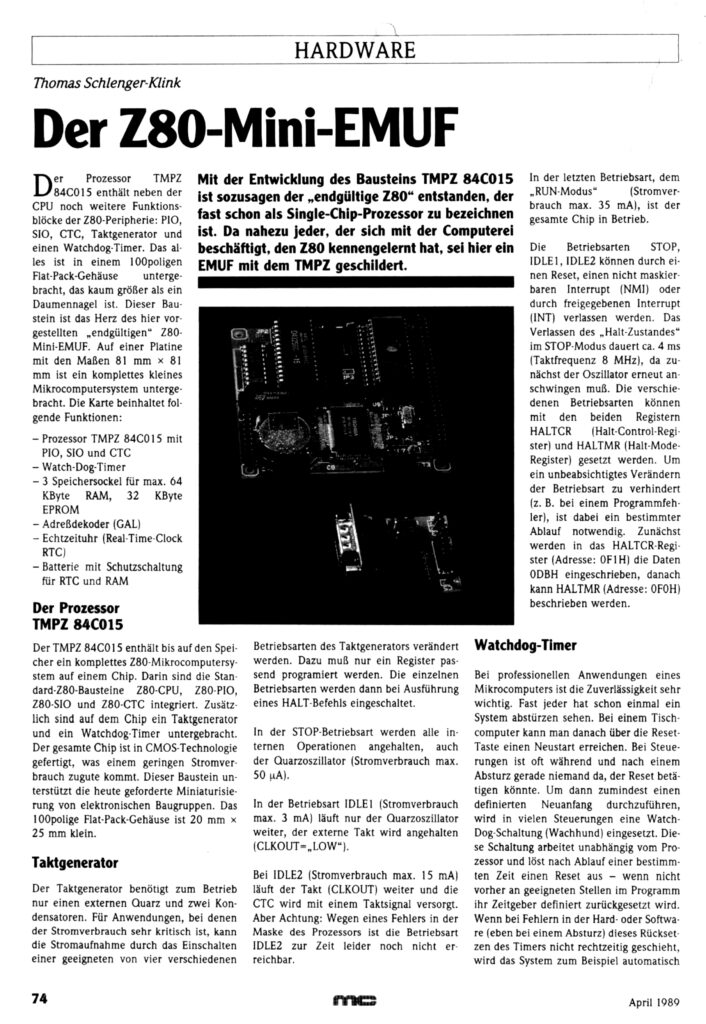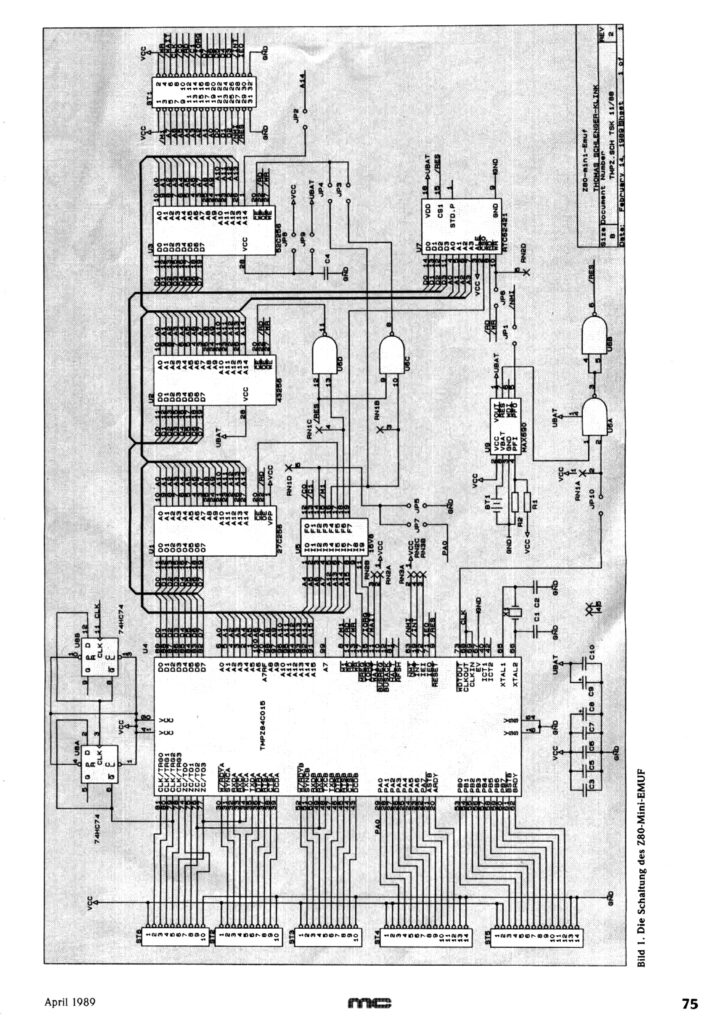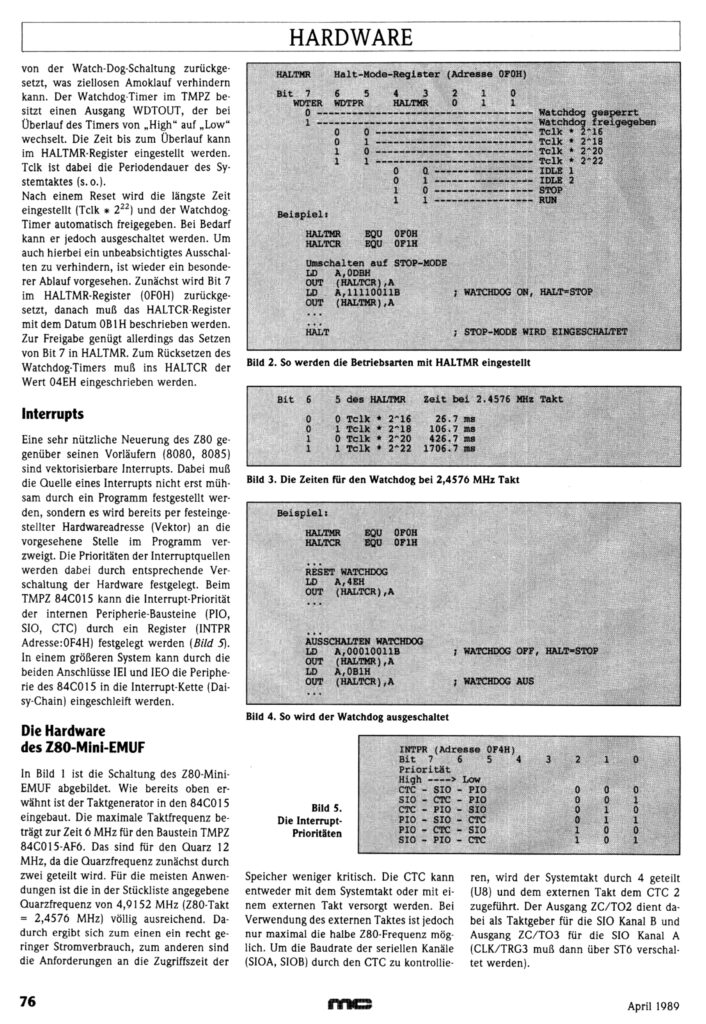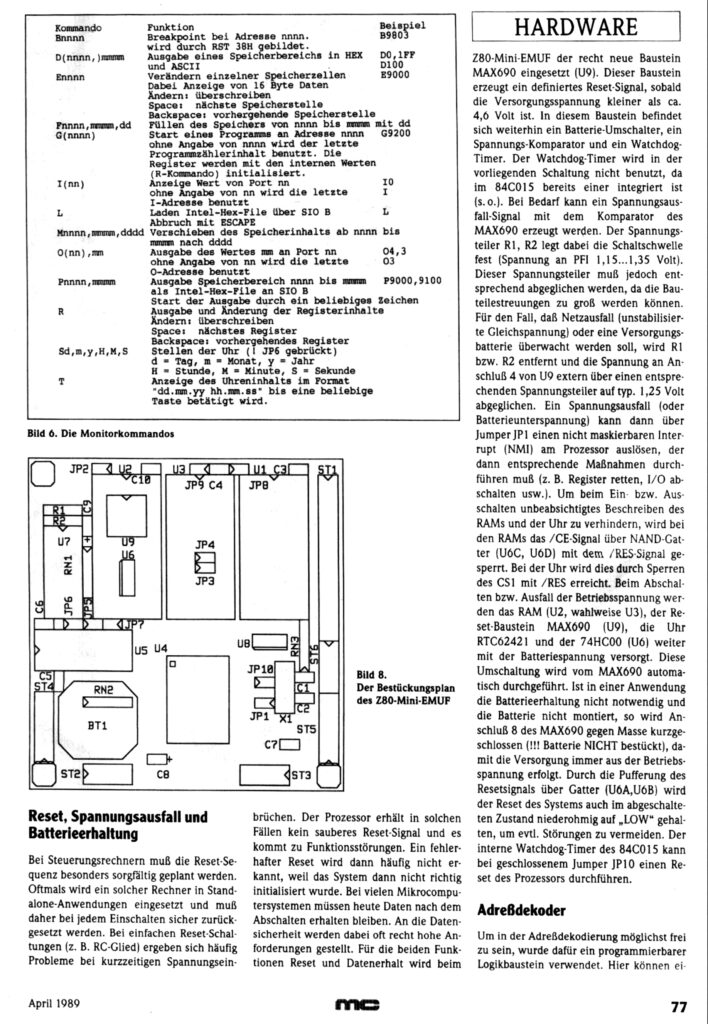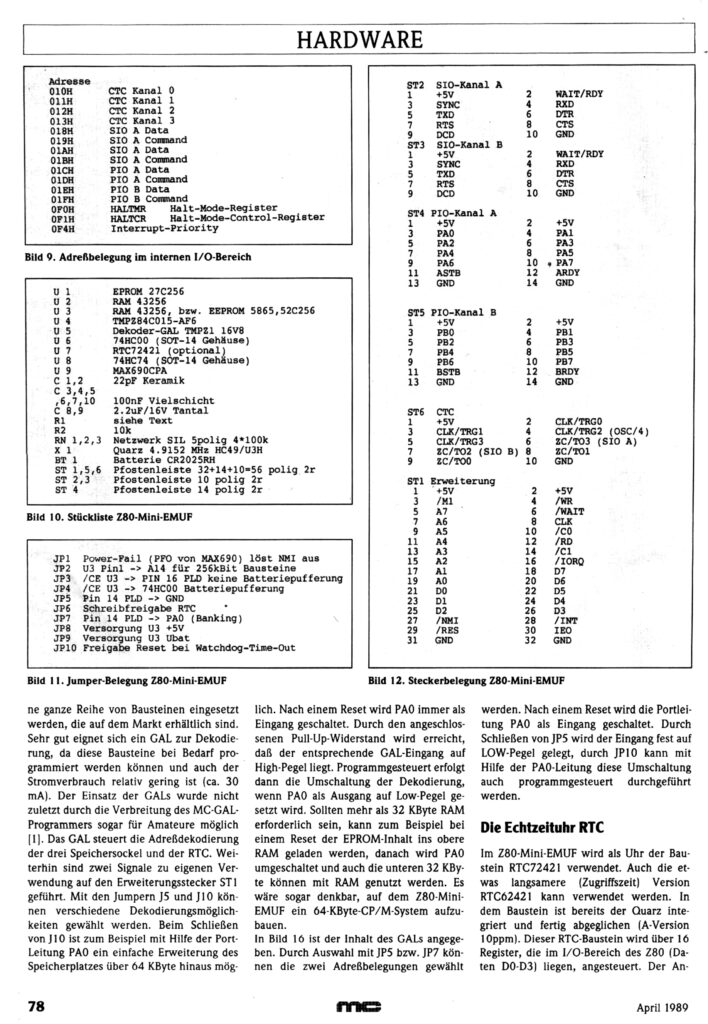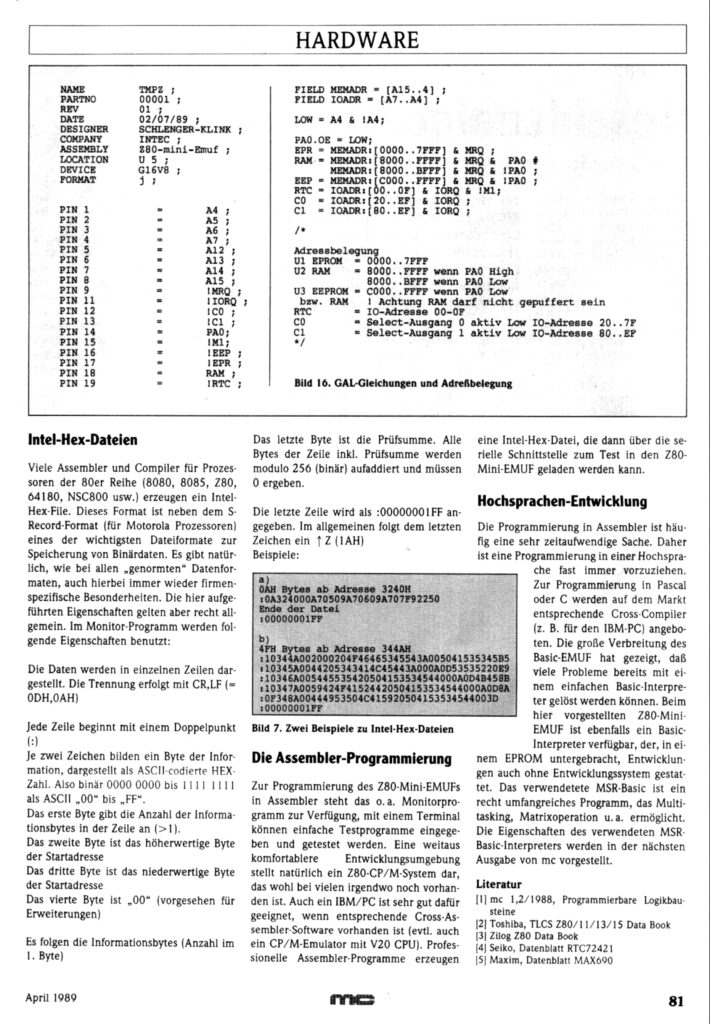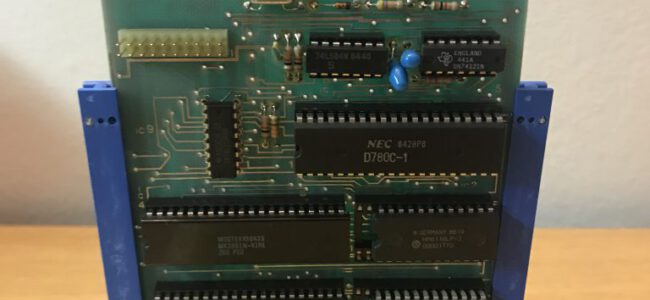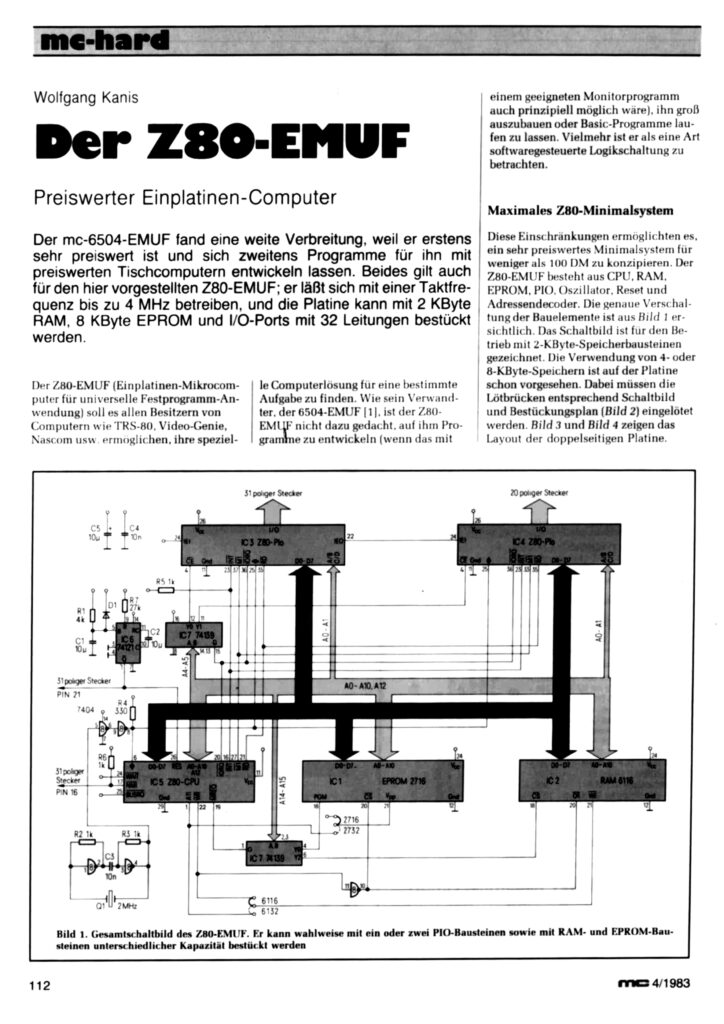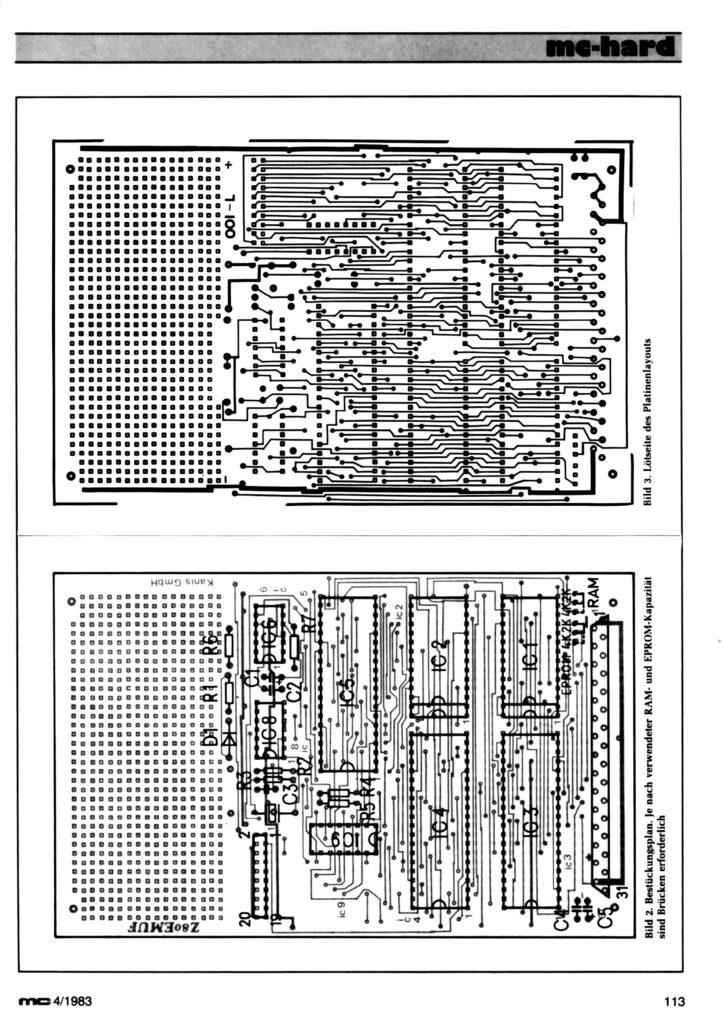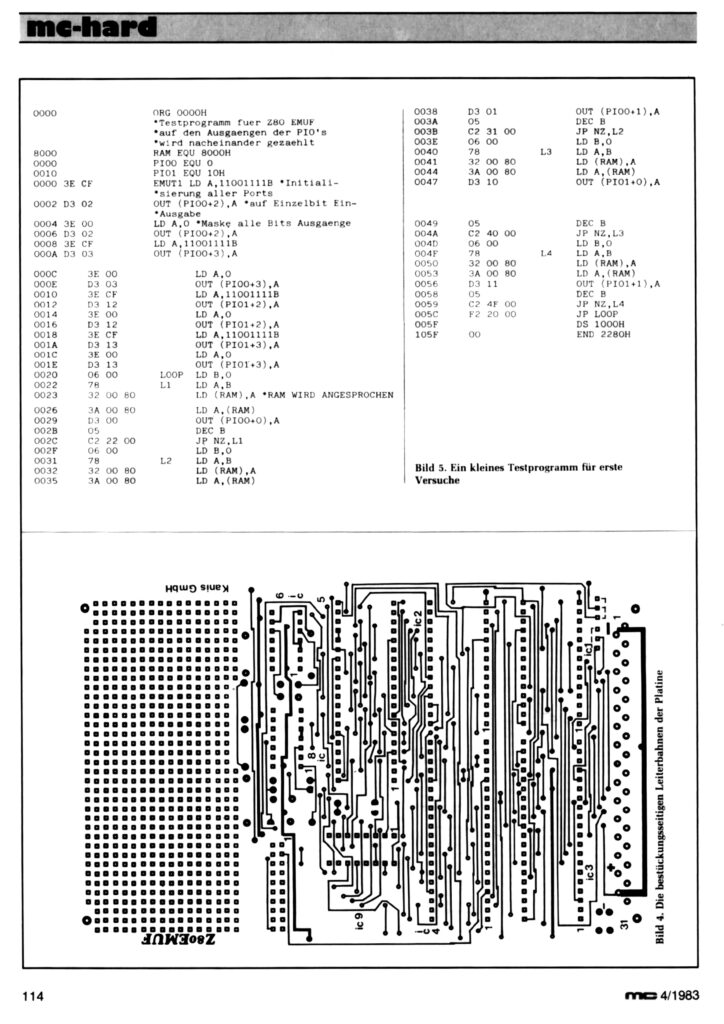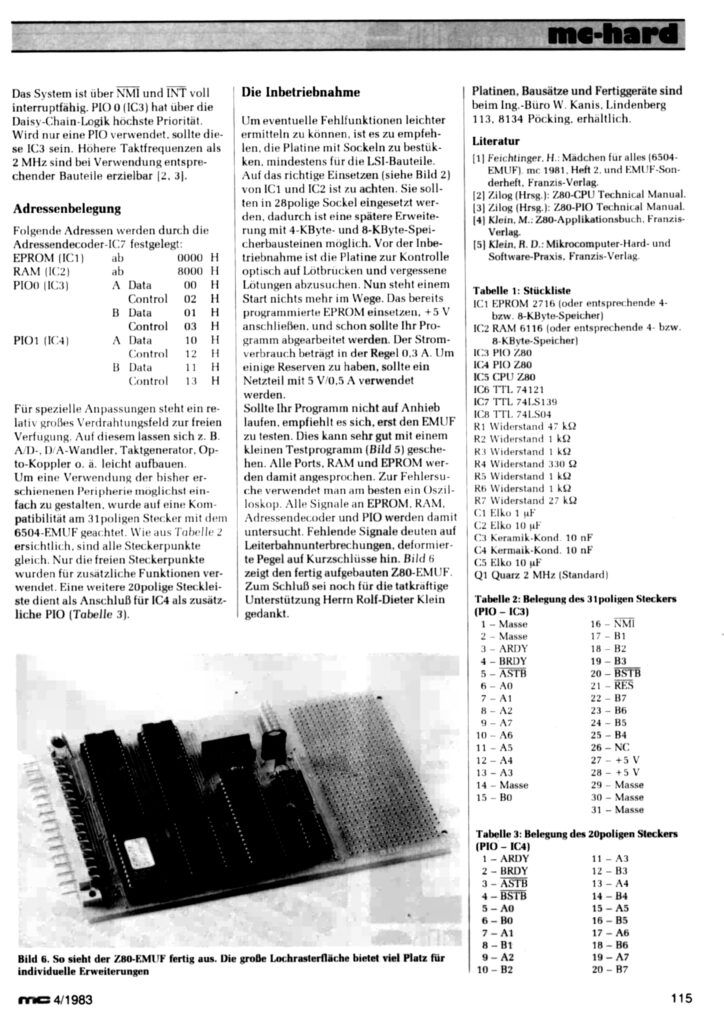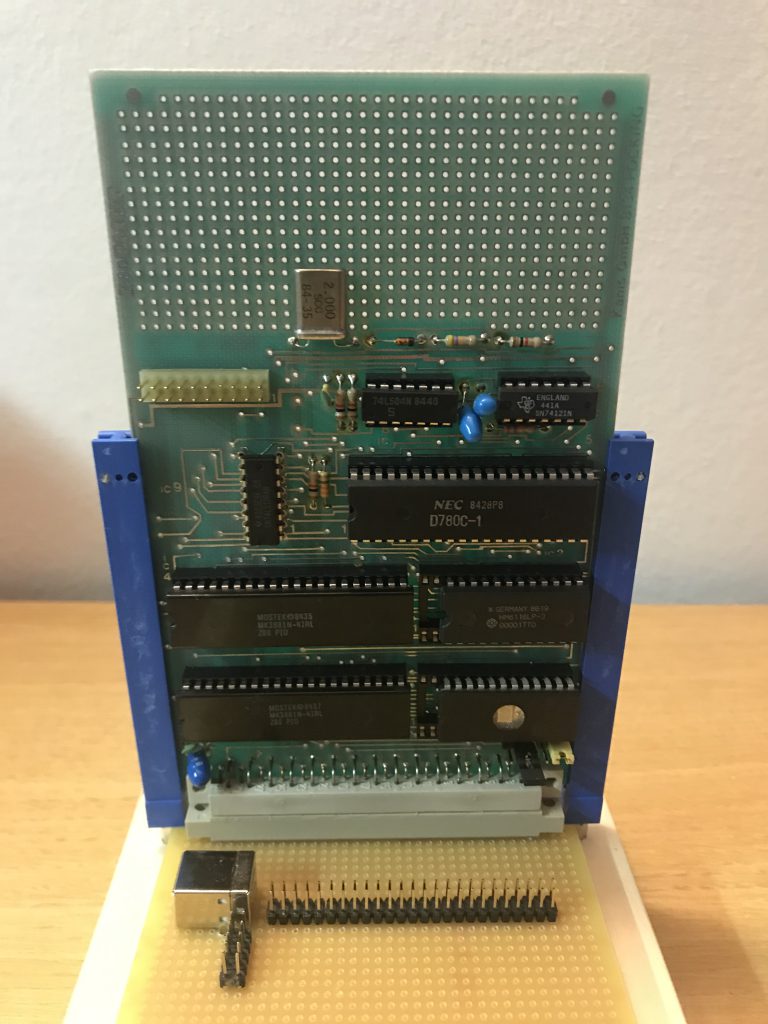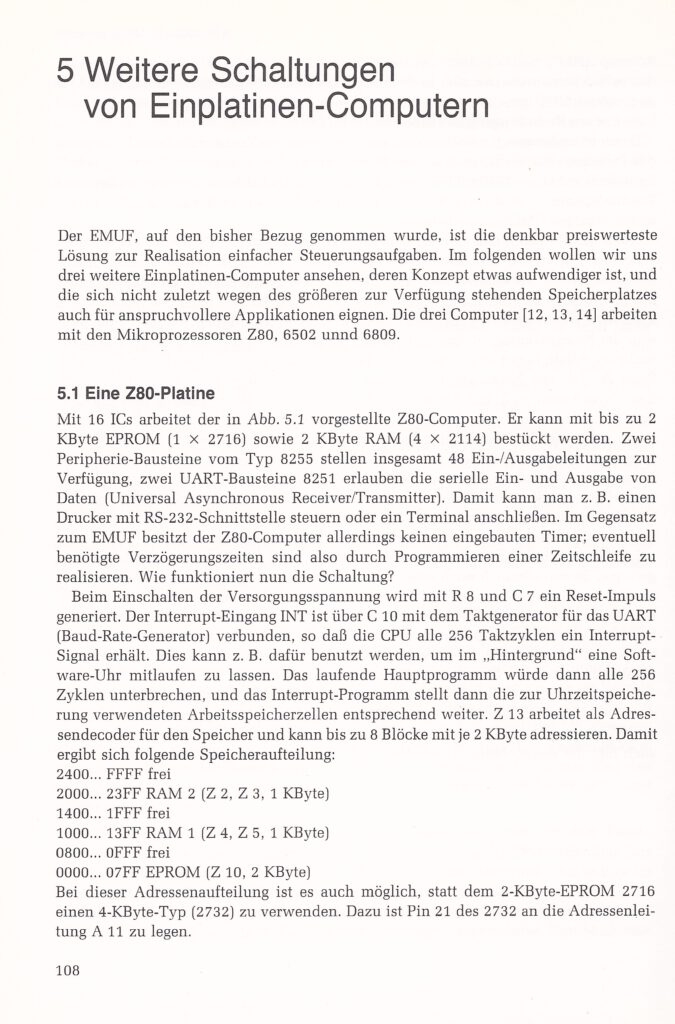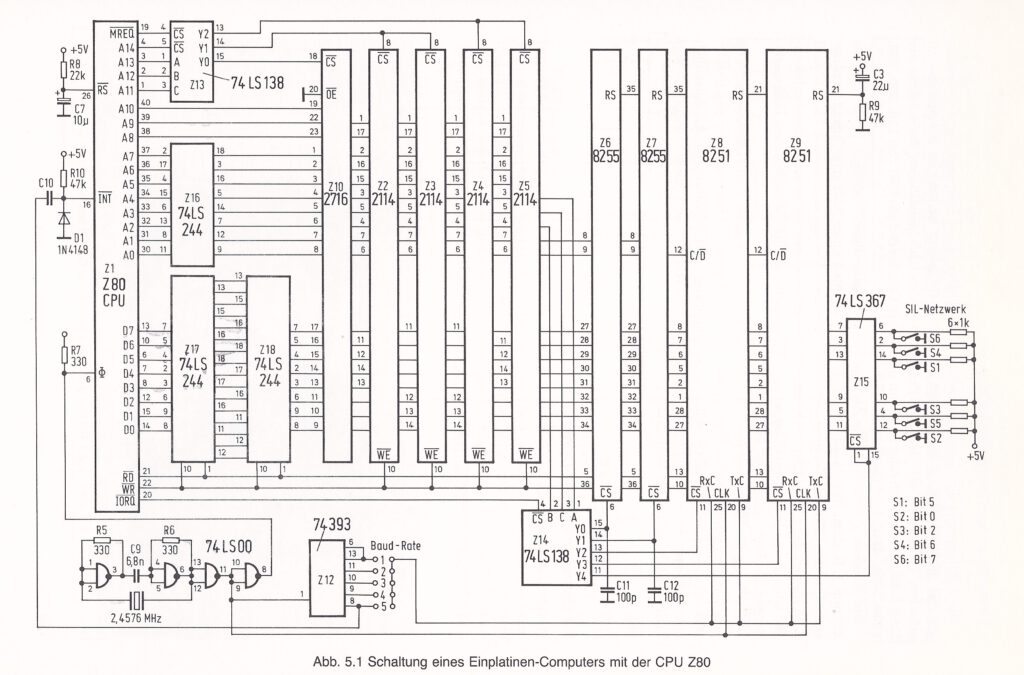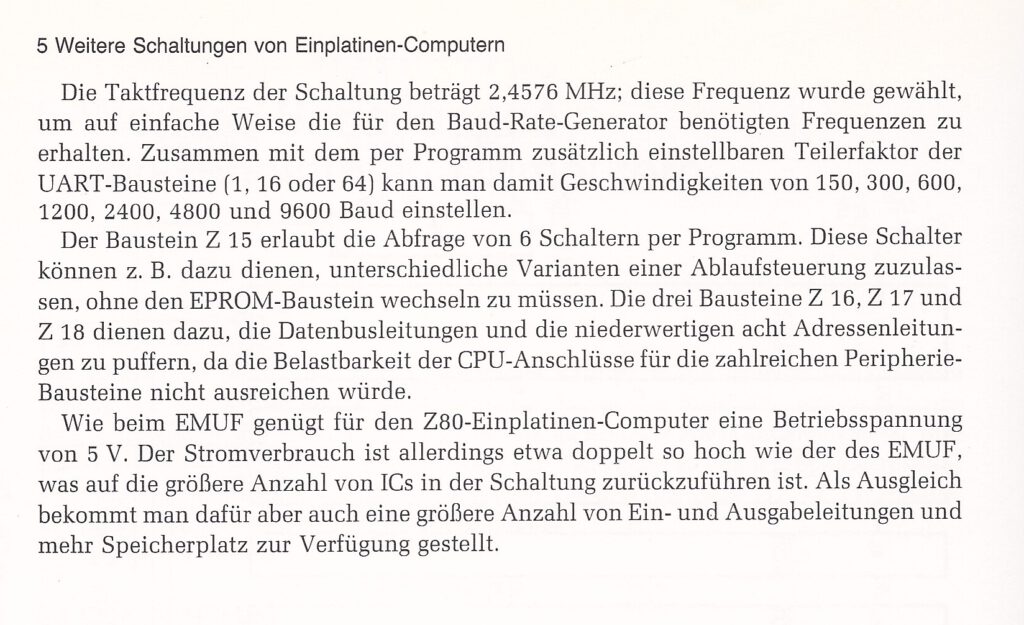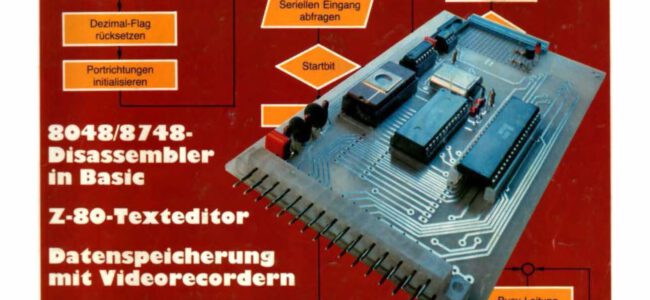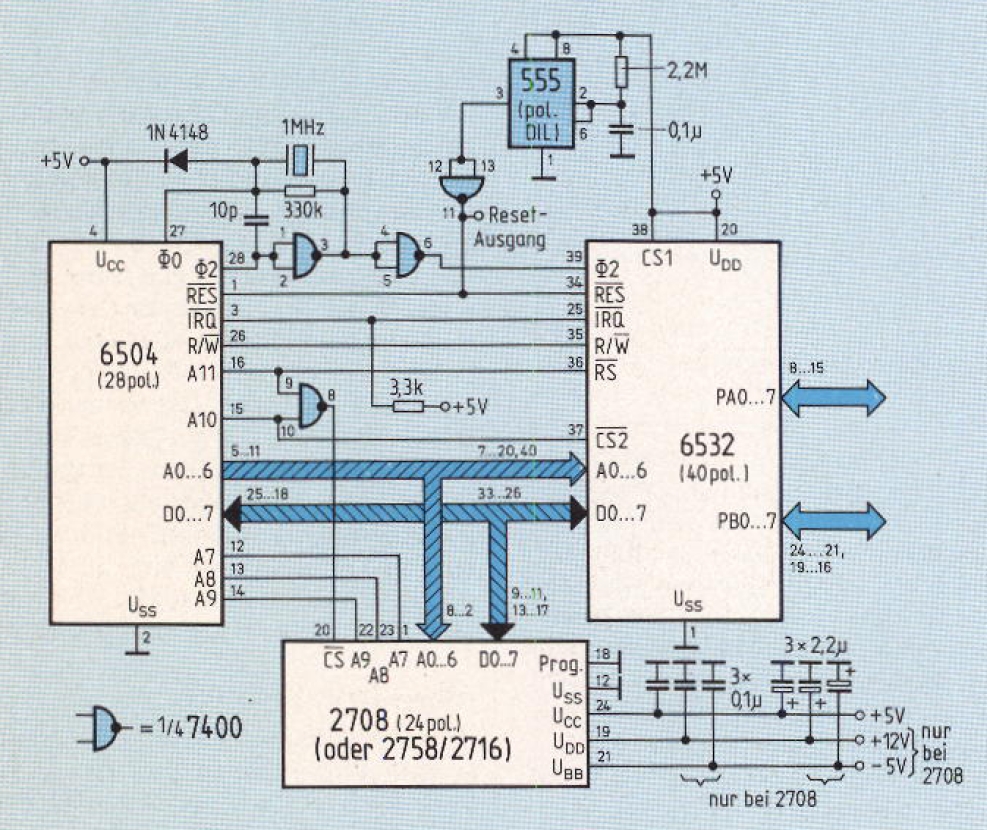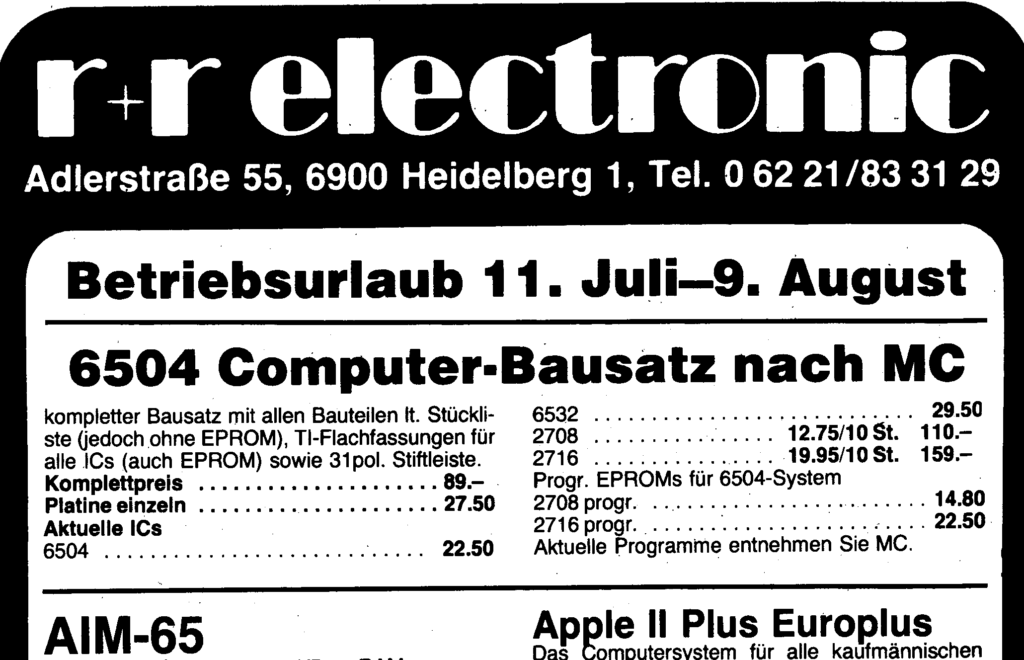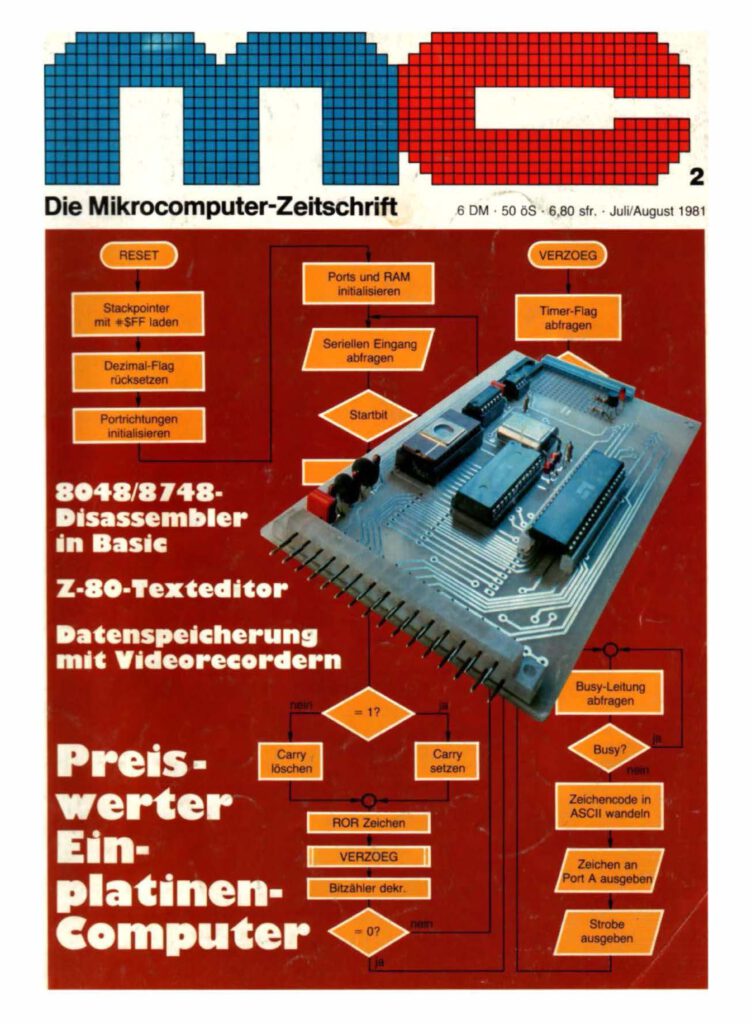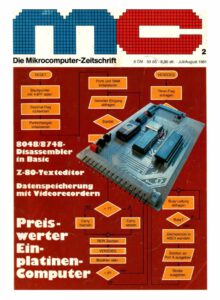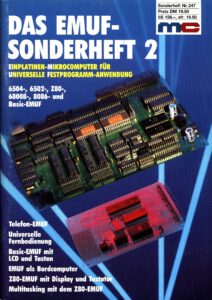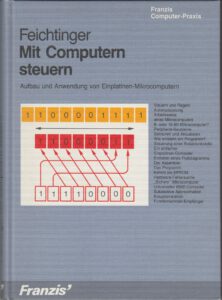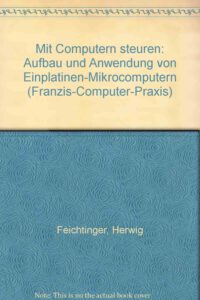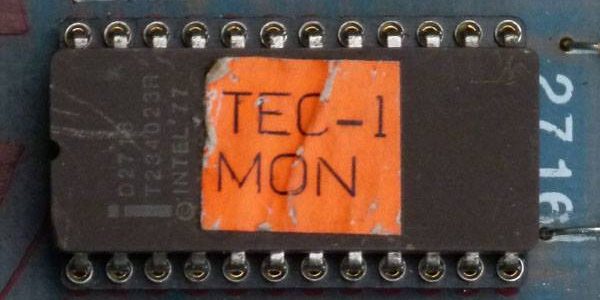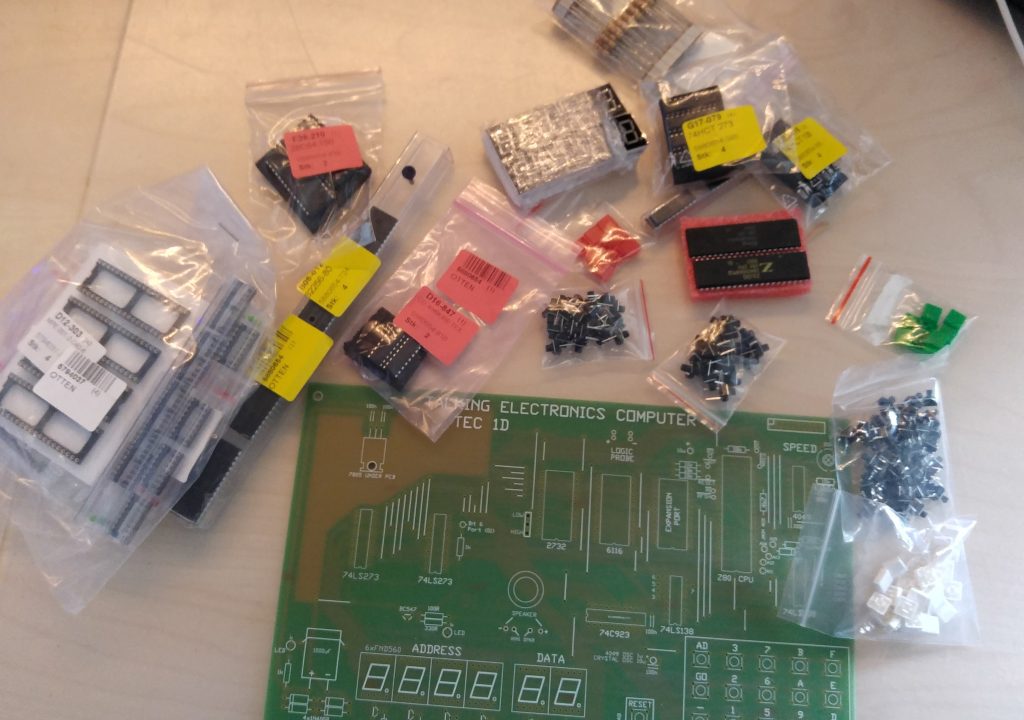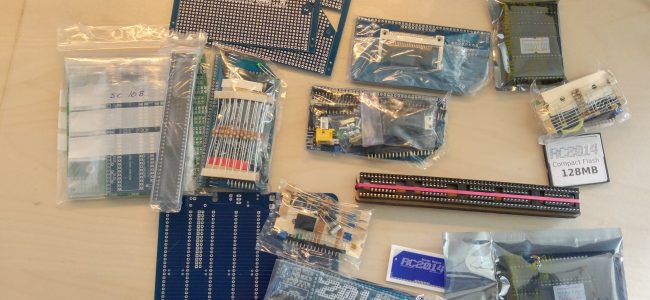In 1984 I bought my first MSX, a Toshiba HX-10. A toy machine. Fun, but only suited for games. Z80, MSX-Basic, 64K, video (40×24 characters, graphics, color), audio cassette recorder for storage.
In 1986 the second machine, a Spectravideo SVI.738 Xpress entered my home. And that was not only fun, but a real computer: floppy drive, MSX-DOS, CP/M, 80 column screen. A real workhorse, with CP/M and Turbo Pascal! Mostly used with CP/M and a VT100 as console via the serial interface. Enhanced to MSX-2, two floppy drives, RGB output.
My interest in videoprocessing made me buy the quite expensive NMS8280 in 1992. Enhanced to MSX-2+ with memory mappers, slot expanders, SCSI hard disk interfaces, S-VHS video input/output. An impressive machine, but less a workhorse than I expected it to be. Video processing was very time consuming, I had two Panasonic S-VHS professional recorders, a video mixing tablet and the NM8280. It was not the success I hoped for, that had to wait for Adobe Premiere and full digital video editing with capturing analog video. A stream of IBM PC clones took the place of workhorse the years after and the MSX machines gathered dust.
Here I show scans and software for MSX I have personally scanned and dumped from floppy. A small subset and in no way intended to be the MSX Info Pages, just my scans and dumps.
History of MSX Info Pages
Around 2000 I started collecting retro home computers, MSX and many other 8 bit CPU based small computers. And developed the MSX Info website full with documents and software, initialy on the machines I owned like SVI.738 and NMS8280 and the interfacing with electronics. The house quickly filled with hundreds of machines, the website exploded with scanned documents and files.
All things come to an end, in 2012 I started selling the huge collection to enable a move to a smaller place and recover some of my investments. So in 2015 all was gone, the photos and files are all that is left.
I continued to update the website MSX Info Pages with what was sent to me or collected from the internet. In 2019 I decided to stop also with the website, thanks to the continued leeching and deep-linking by the unresponsive maintainers of msx.org. The quality content of the website, my pages, my scans, are what made the MSX Info Pages fun for me, not being used as free file storage to by the wiki maintainers of msx.org. So be it. The MSX scene is often an unpleasant environment.
MSX Info pages are closed as of April 2, 2019
A static copy, thanks to Arnaud de Klerk aka TFH, is available at at TFHs server.

